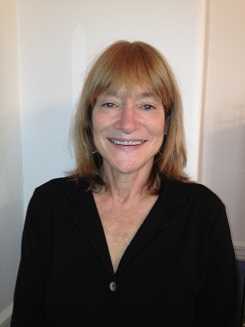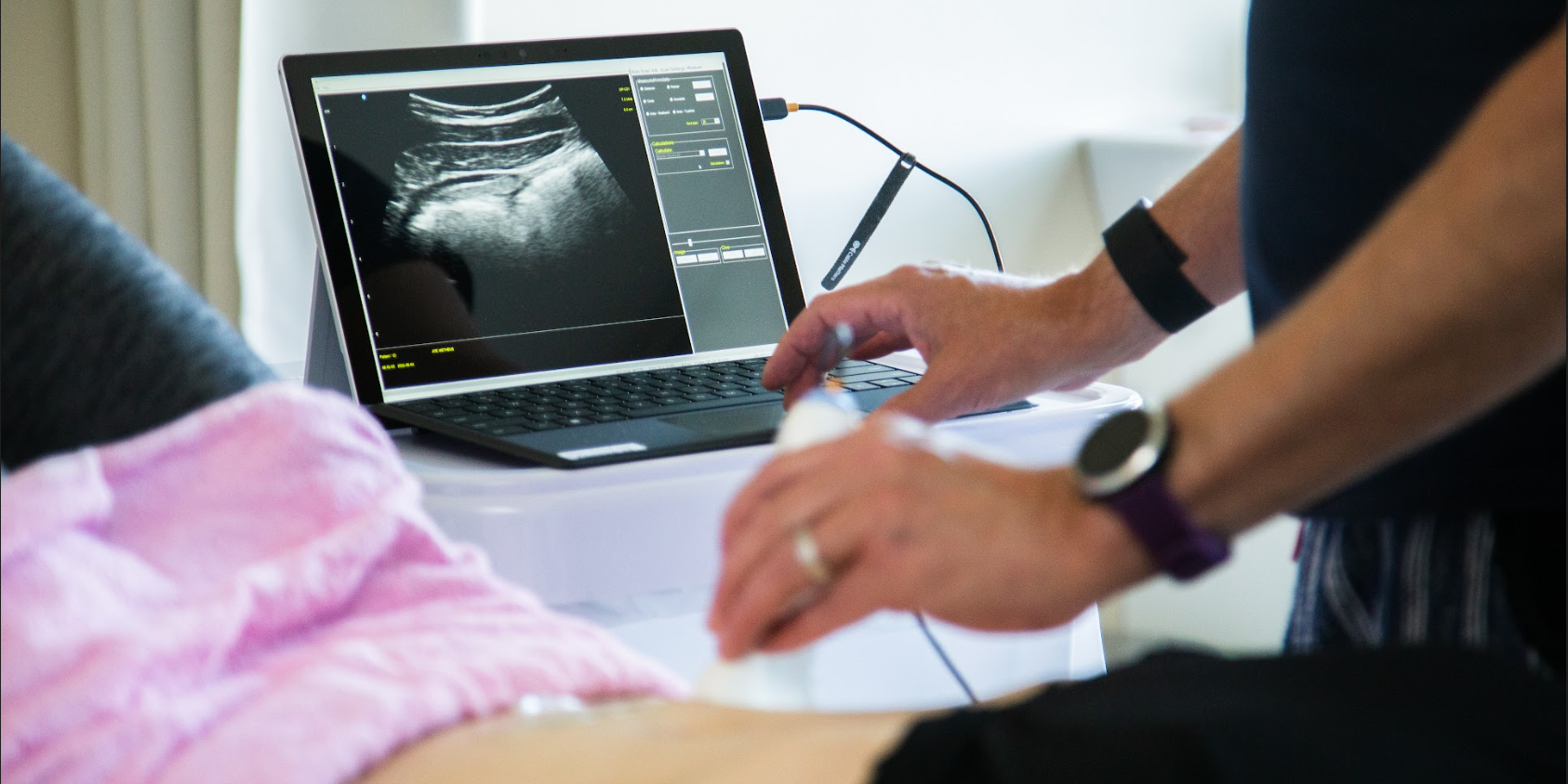The Format of Sexual Medicine for Men and Women
This post was written by H&W founder and instructor Hollis Herman, DPT OCS WCS BCB-PMD IF AASECT PRPC, who authored and instructs the course, Sexual Medicine for Men and Women. She will be presenting this course this April in New Jersey!

This course is perfect to help you, the healthcare professional, feel comfortable and knowledgeable about all sorts of sexual issues. The course is fun, interesting and unlike any other you have taken.It has three parts.
Part 1: The first part is designed to help you get in touch with your attitudes, beliefs, values and biases regarding sexual function. There are questionnaires to fill out and bring with you to the course, movies to watch, and books to read. These questionnaires, movies, videos and books will bring up sexual subject matter, questions, images and ideas that may be controversial to you. You will be exposed to many variations in sexual activity and asked about your reactions, sexual development, upbringing, feelings and worries you may carry around.
In other words, the preparation for this course is designed to bring up issues that are potentially keeping you from being as helpful as possible to your patients, yourself and your own relationship. It sounds scary, but it is not at all because you share only what you want. Therefore, Please be as open and honest as possible when filling out all of the questionnaires and reaction summaries to the movies, videos and books. There are no right or wrong answers and it is for your own self-awareness.
Part 2: The second part of the course is designed to provide you with a solid knowledge foundation regarding the different phases of the female and male sexual response cycles, erectile dysfunction, premature ejaculation, Peyronie’s disease, postnatal body changes, post prostatectomy issues, oral, anal, vaginal sexual practices, LGBT issues, aging and sexual issues, toys, lubricants, sexual, verbal and physical abuse, female and male genital surgeries, psychological practices of Cognitive Behavioral Therapy (CBT) and Eye Movement Disassociate Readjustment (EMDR) . The information will help you confidently answer questions and concerns you and your patients have.
Part 3: The third part of the course contains lab activities to learn clinical manual skills. External manual techniques for the pelvis only.
The underlying premise of this course is that healthy active sexual practices are a vital human right however they play out. As a healthcare professional you can provide education, specific hands on evaluation, treatment techniques and bio-mechanical instruction that no other professional can.
The Goal: Leave with self-awareness, knowledge and tools to promote healthy active sexual function in your patients’ lives and in your own life.
Join Holly in New Jersey this April!
By accepting you will be accessing a service provided by a third-party external to https://hermanwallace.com/








































